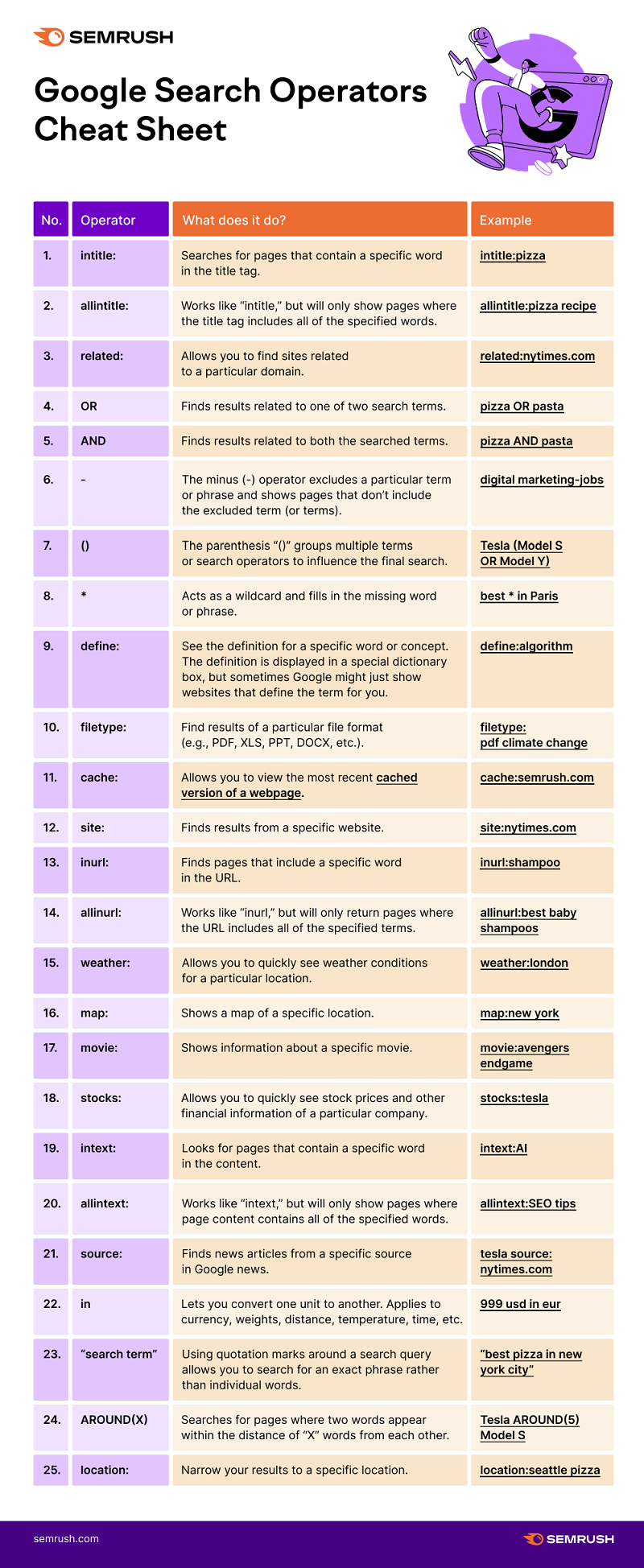Do you know how to narrow your Google Search down to a specific website or location, or how to search for certain file types across the web?
If you know the right operators, you can use Google in a range of different ways, which can make it much easier to find the best matches, while it can also help in your SEO research efforts, by examining how your competitors are targeting specific key terms.




